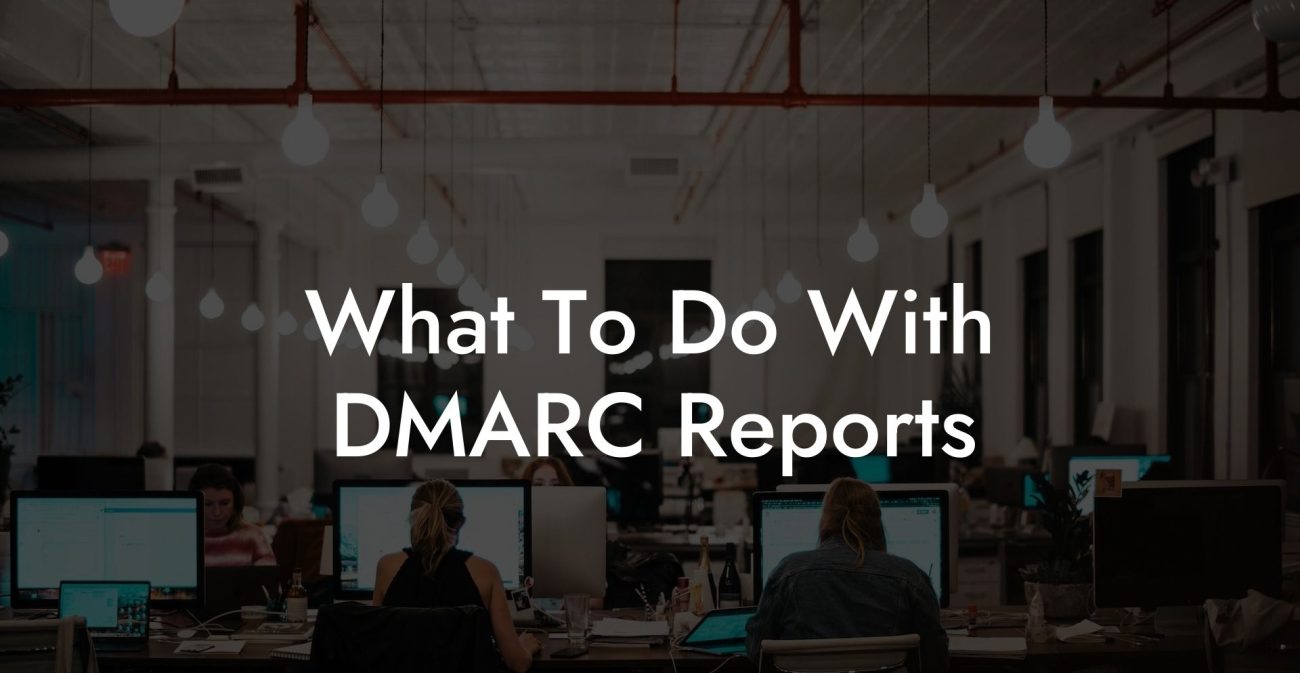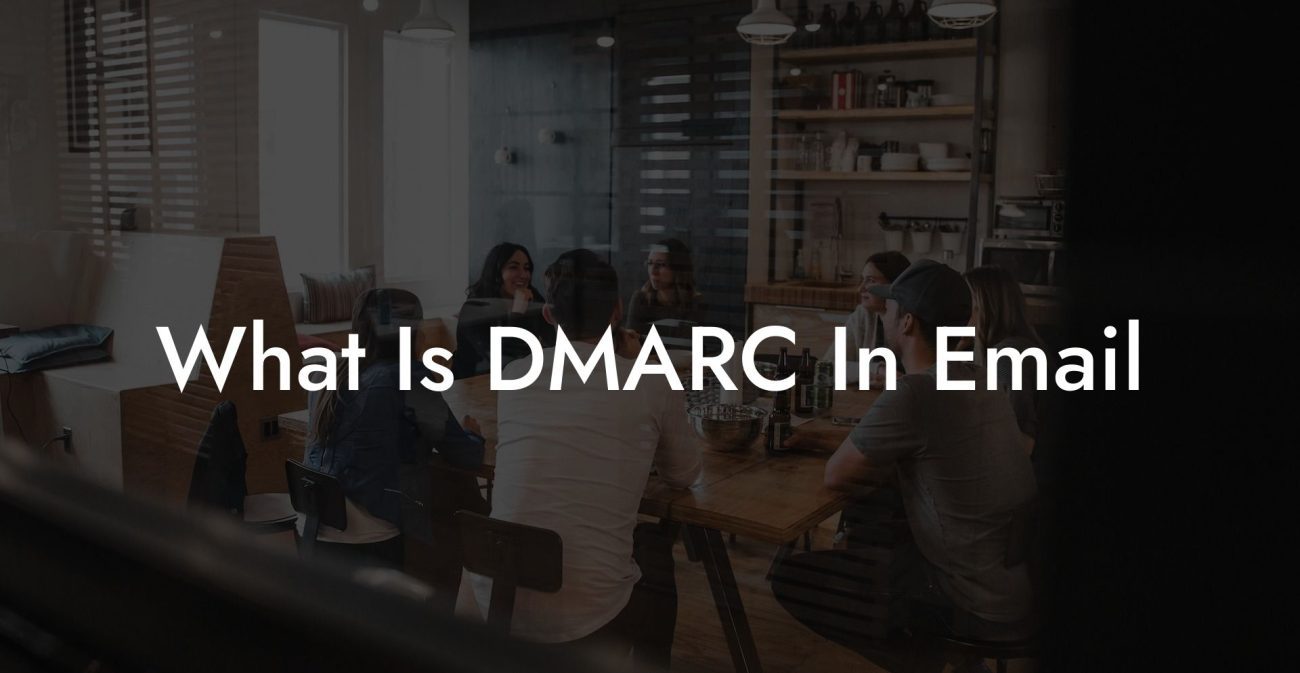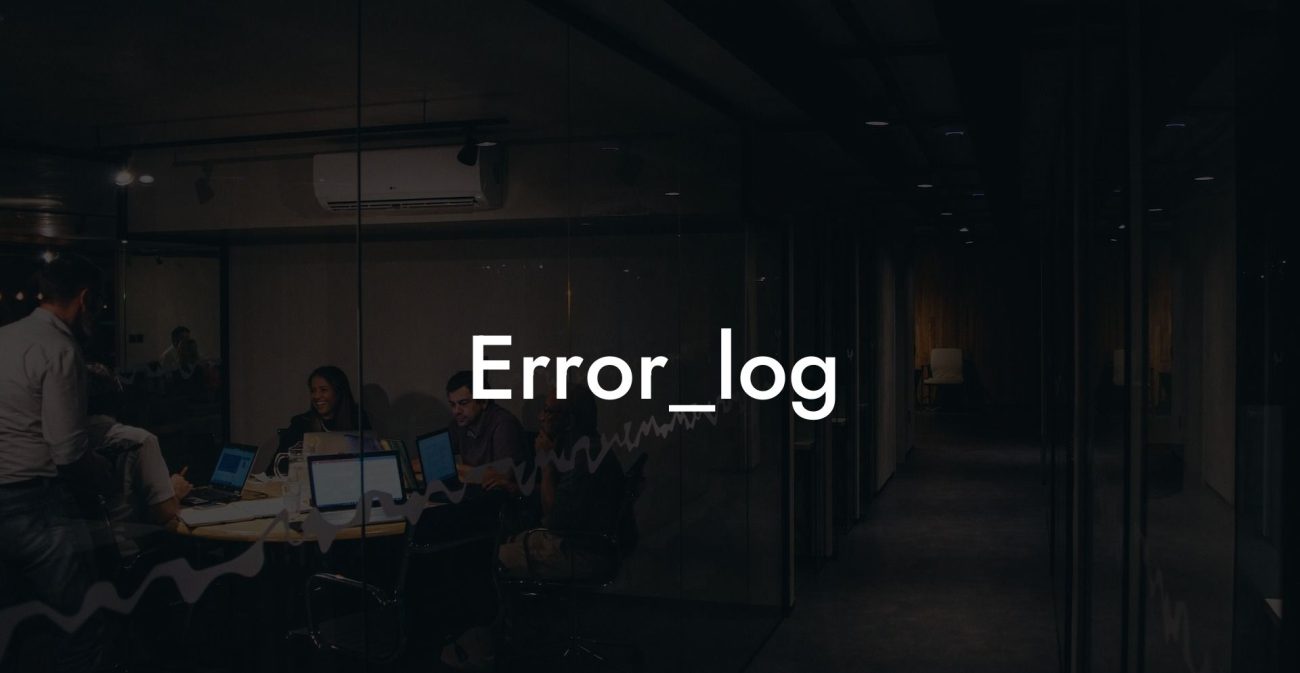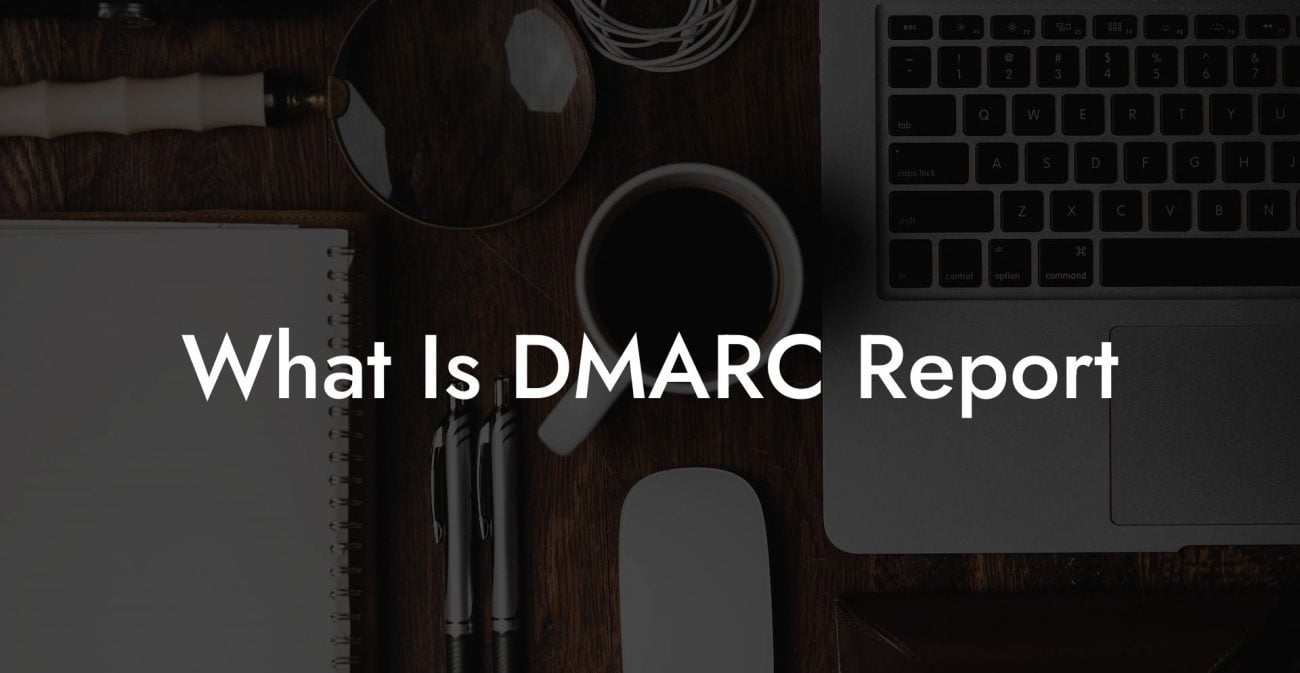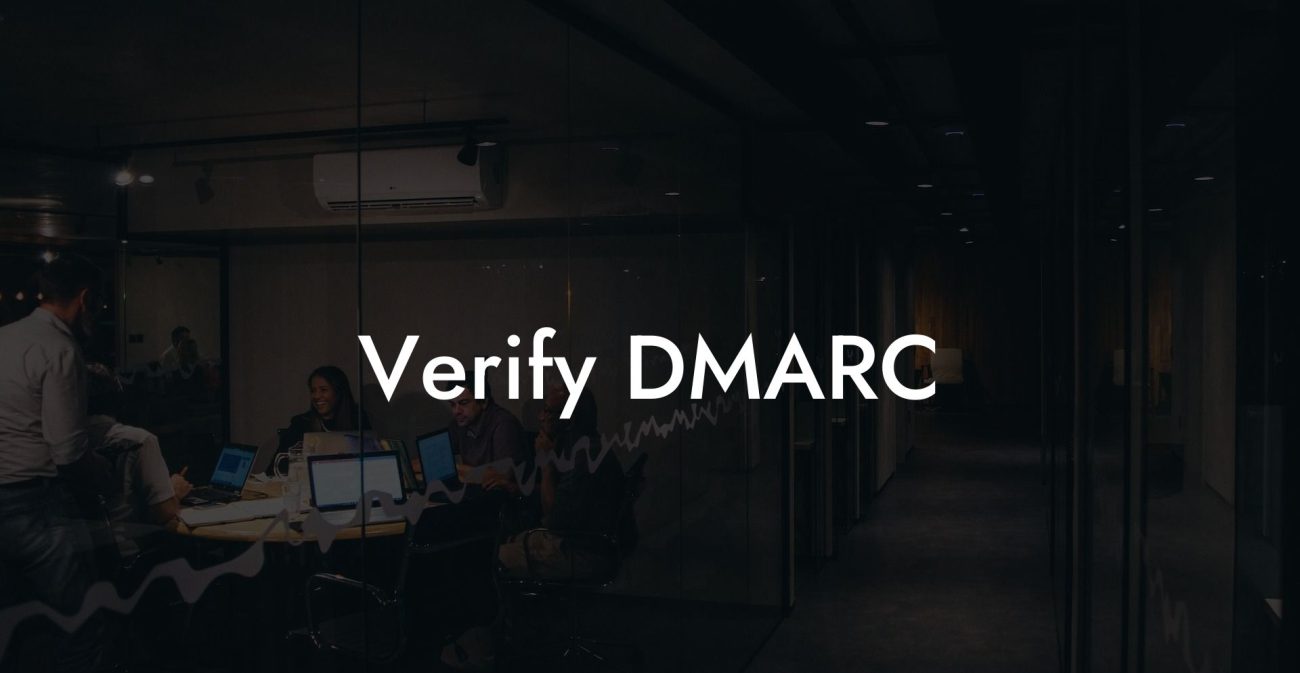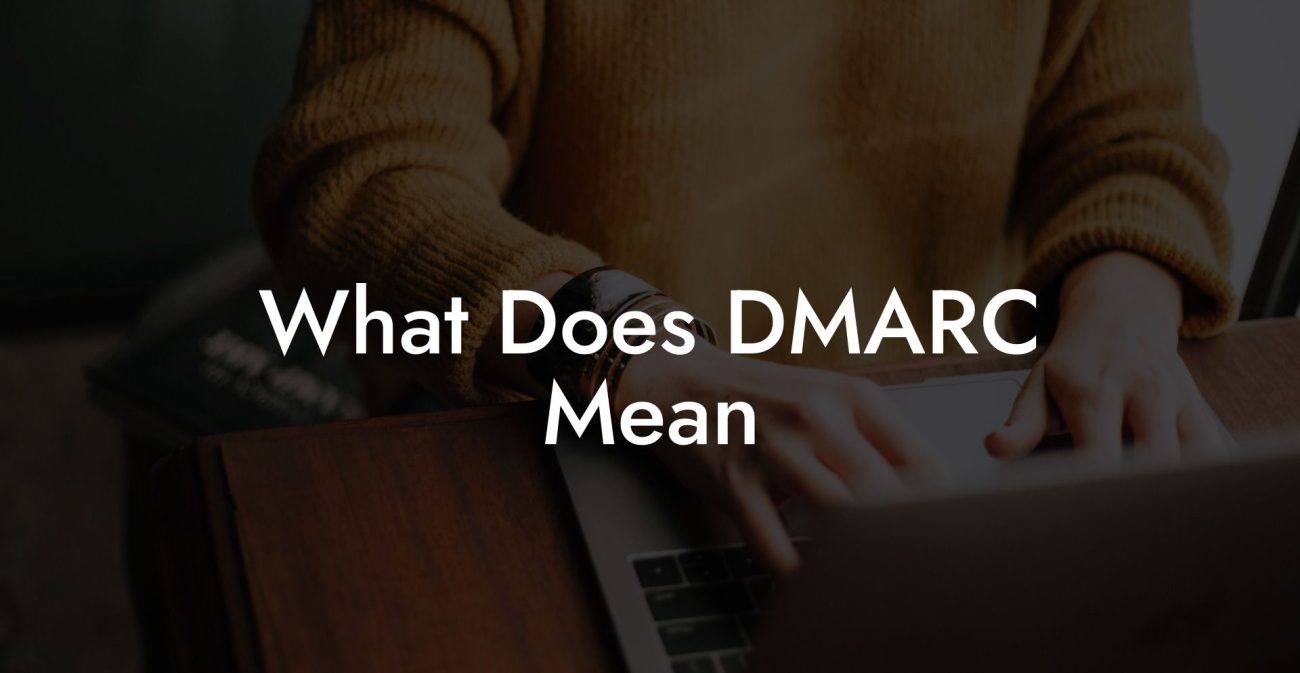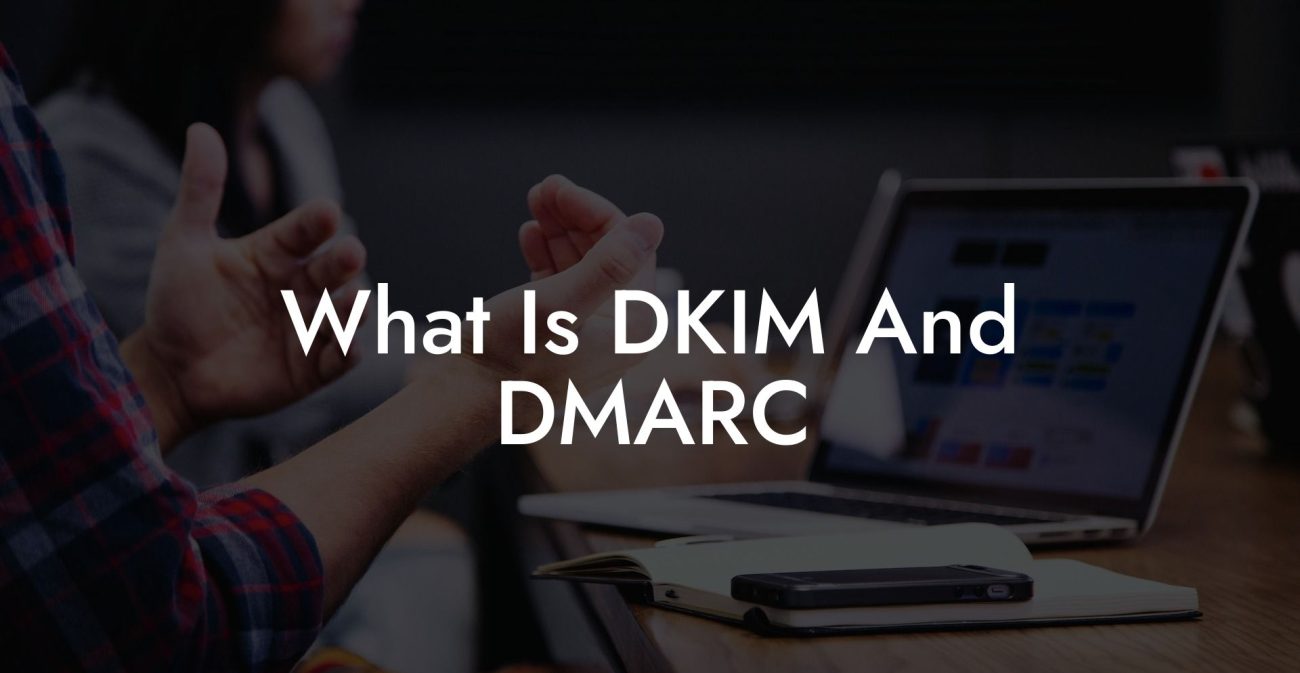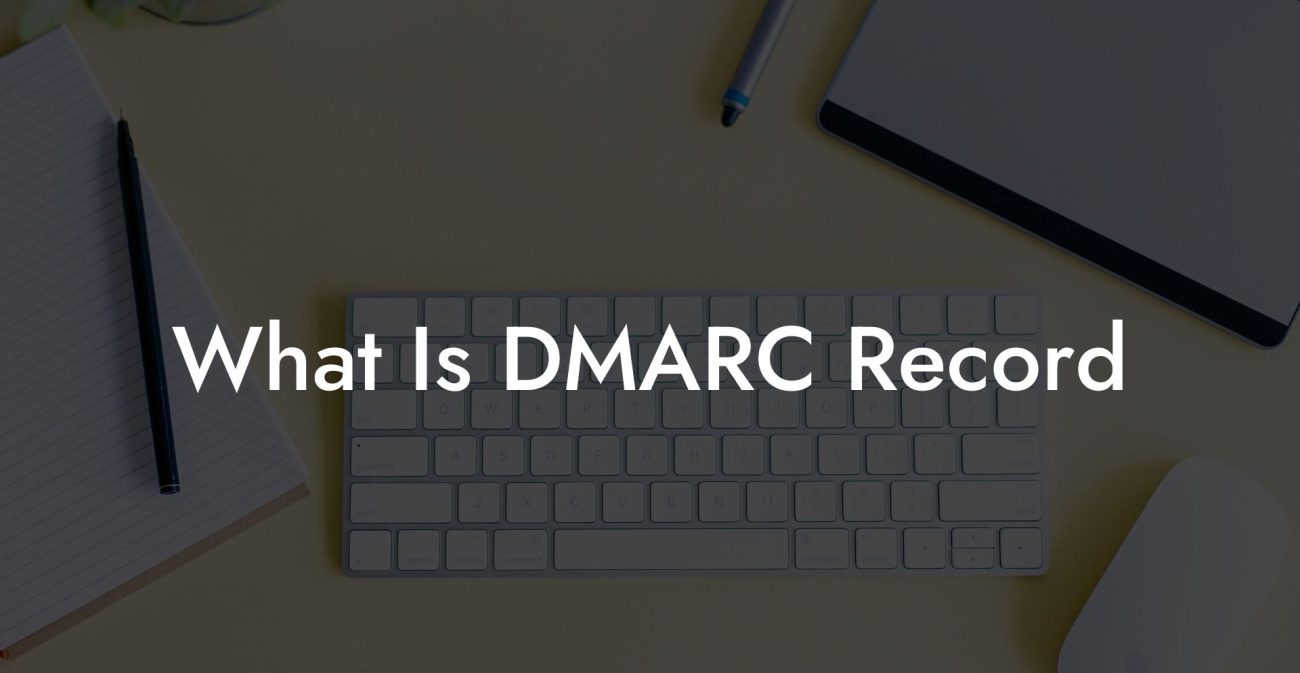In today's world of increasing cyber threats and attacks, it is essential to protect your organization's email infrastructure from becoming a victim of phishing and spoofing. DMARC (Domain-based Message Authentication, Reporting, and Conformance) plays a critical role in achieving this goal. In this blog post, we will explore what DMARC is, how it works, and how implementing it can safeguard your email system from cybercriminals.
Define DMARC Table of Contents
What is DMARC?
DMARC (Domain-based Message Authentication, Reporting, and Conformance) is an email authentication protocol that helps in preventing phishing attacks and email spoofing. It provides a method for email receivers to verify if a message was sent by the domain owner it appears to come from, thereby reducing chances of fraudulent messages. By implementing DMARC, email/domain owners ensure better email delivery for their legitimate emails and make it harder for attackers to abuse their domain.
Components of DMARC
Protect Your Data Today With a Secure Password Manager. Our Top Password Managers:
DMARC effectively combines two existing authentication protocols: SPF (Sender Policy Framework) and DKIM (DomainKeys Identified Mail).
SPF (Sender Policy Framework)
SPF allows the domain owner to specify which IP addresses or hostnames are authorized to send emails on behalf of their domain. When a message is received, email servers check the SPF record of the domain to determine if the sender is authorized.
DKIM (DomainKeys Identified Mail)
DKIM uses cryptographic signatures to authenticate the sender of an email. When a message is sent, a private key is used to sign the email, and a public key is stored in a DNS record. Email servers receiving the message can access this public key and verify the signature, thereby confirming the email's legitimacy.
How DMARC Works
DMARC operates by enabling the domain owner to publish a policy in a DNS record, specifying how their emails should be authenticated using SPF and DKIM. Additionally, the policy specifies how email receivers should handle messages that fail authentication.
- A DMARC record is published in the DNS, outlining the DMARC policy, email authentication methods (SPF and DKIM), and reporting preferences.
- When an email is sent, SPF and DKIM are checked by the receiving email server to authenticate the sender.
- If the DMARC checks pass, the email is delivered. If the checks fail, the email is handled according to the specified DMARC policy published by the domain owner (quarantine, reject, or none).
- Email servers send reports back to the domain owner, providing insights into the authentication results, and action taken on messages that failed authentication.
Benefits of Implementing DMARC
DMARC offers significant benefits in safeguarding your organization's email infrastructure and combating phishing attacks:
- Protection from spoofing and phishing: By implementing DMARC, you make it challenging for attackers to impersonate your domain and send fraudulent emails to your customers, partners, or employees.
- Improved email delivery: Legitimate emails from your domain are more likely to be delivered to the recipients' inbox, as ISPs can validate the email's authenticity.
- Visibility into email sources: DMARC reports provide valuable insight into your email ecosystem, helping you understand the sources of all emails sent from your domain and identify unauthorized senders.
- Enhanced brand reputation: DMARC protects your brand's reputation by preventing cybercriminals from impersonating your domain and damaging your credibility in the eyes of your customers and partners.
Define DMARC Example:
Imagine a phishing attack where a cybercriminal sends an email impersonating yourorganization.com to your customers, attempting to steal their confidential data. By implementing DMARC for yourorganization.com, the attacker's email would likely fail SPF, DKIM, and DMARC checks. As a result, the fraudulent email could be either quarantined or rejected by the email receiver, protecting your customers from falling victim to the phishing attack.
DMARC is an essential tool in protecting your organization's email infrastructure and your brand reputation from phishing attacks and email spoofing. By implementing DMARC, you can better secure your organization against cyber threats and help ensure the integrity of your email communications. Share this post with your network to raise awareness about the benefits of DMARC and explore our other guides on Voice Phishing for more insights into cybersecurity best practices.
Protect Your Data Today With a Secure Password Manager. Our Top Password Managers:




